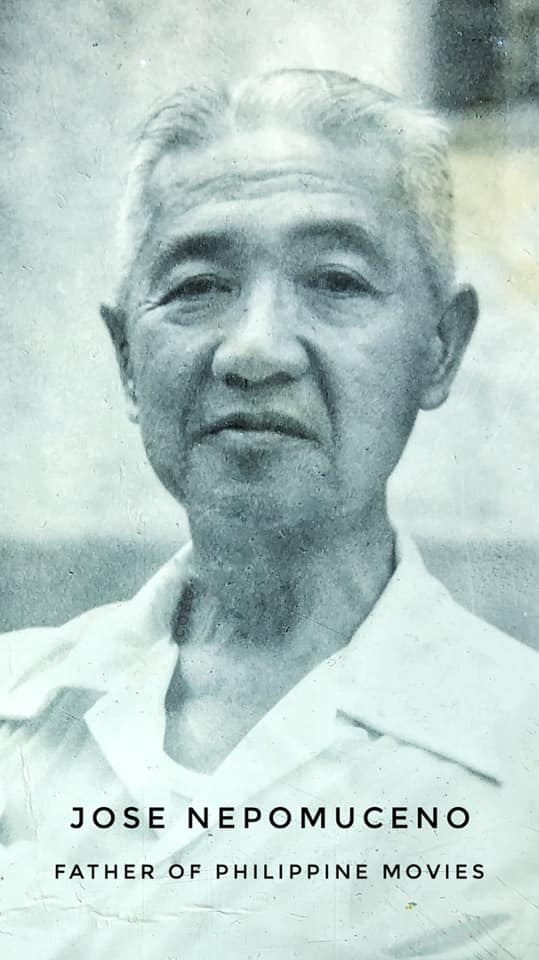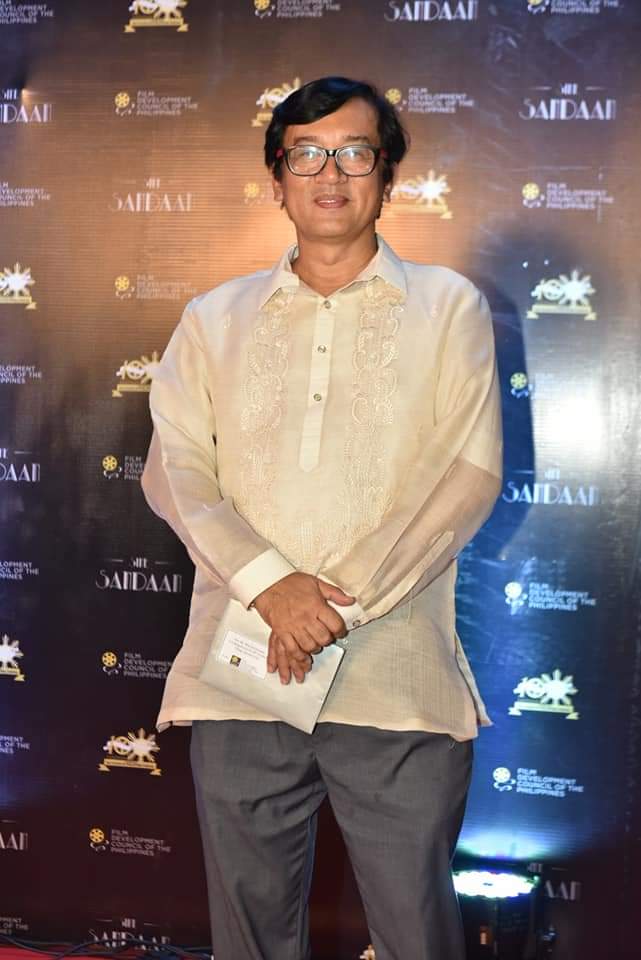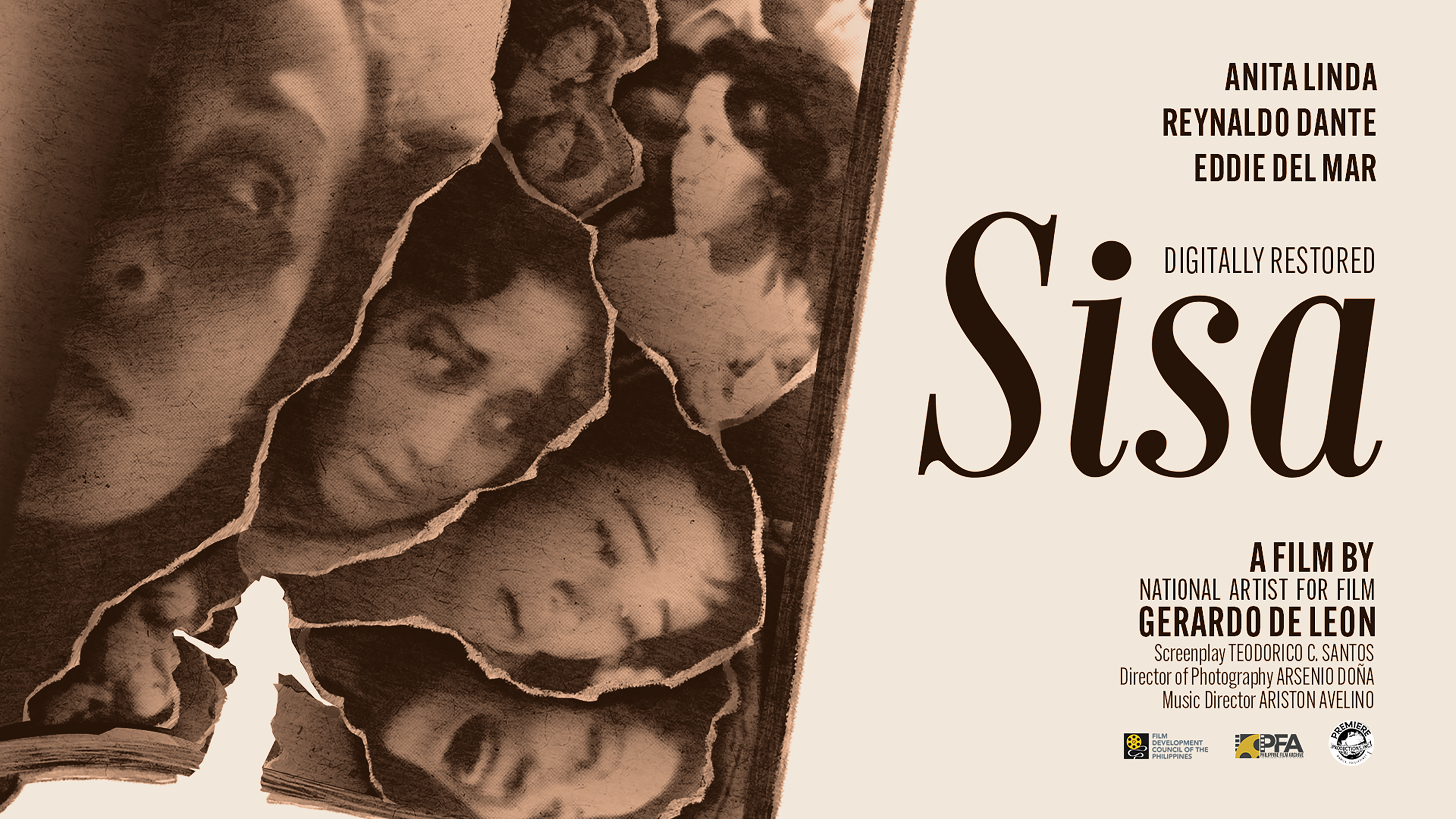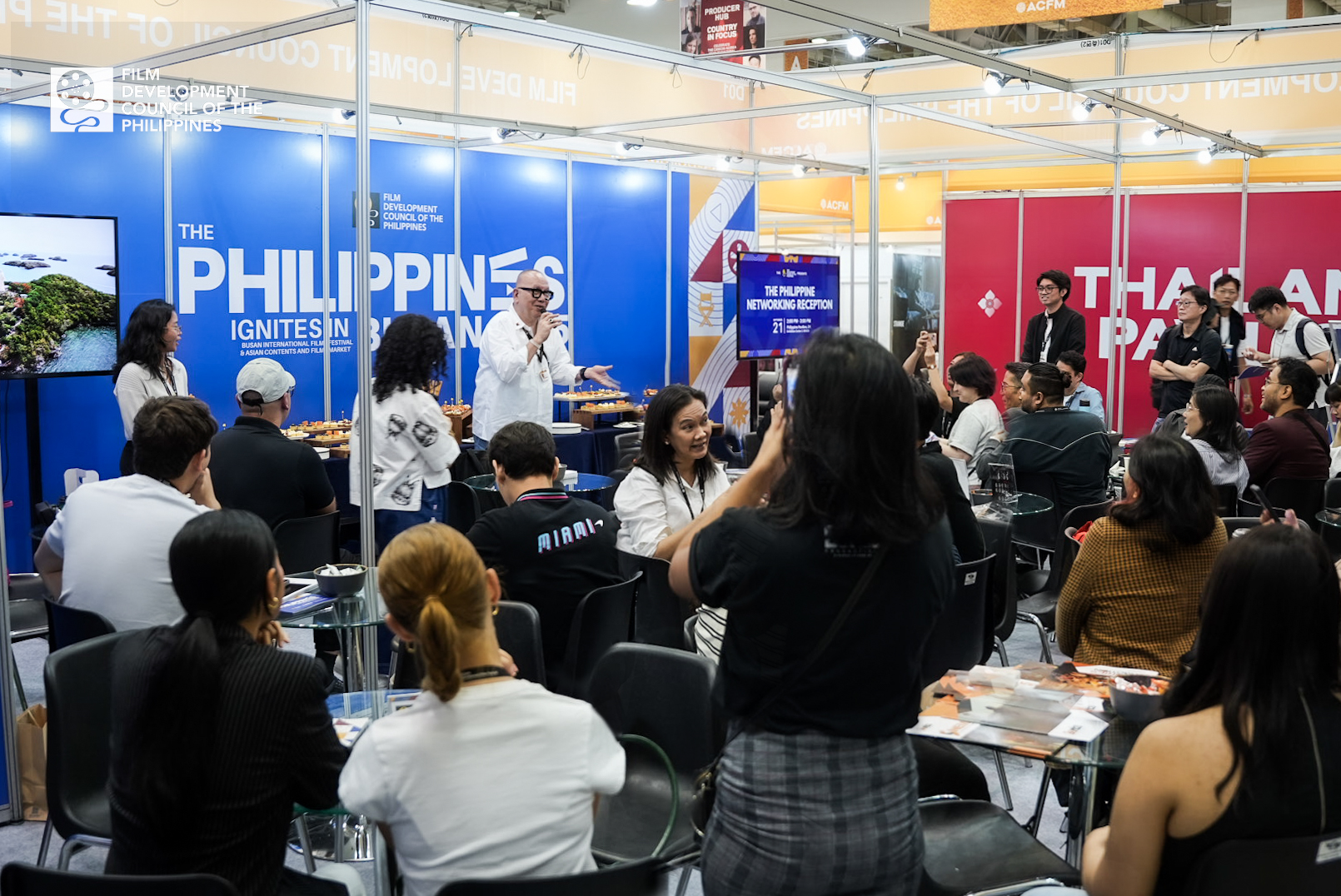From great beginnings to contemporary showcase
Yesterday, May 15, was the birth anniversary of the Father of Philippine Cinema, José Nepomuceno who was born on 1893 in Quiapo, Manila. It was also on May 15 when Don José established Malayan Movies, later renamed Nepomuceno Productions, in 1917.
Nepomuceno was hailed as the Father of Philippine Movies because he was the one who started it all. As the formidable figure of the Philippine silent cinema era, he produced and directed “Dalagang Bukid” starring Atang de la Rama and Marceliano Ilagan, the first Filipino-produced and directed feature film.



Based on the popular zarzuela with the same title by Hermogenes Ilagan, “Dalagang Bukid” was a silent film released on September 12, 1919 with English, Filipino, and Spanish subtitles. As the film’s director and producer, Nepomuceno is credited for pioneering and spearheading Filipino filmmaking.
The release date of “Dalagang Bukid” was the basis of the declaration of Sine Sandaan or One Hundred Years of Philippine Cinema in 2019. With the silent film “Dalagang Bukid,” Philippine Cinema was born, thanks to the trailblazing efforts of Mr. Nepomuceno.
A homage to Nepomuceno and silent cinema era
The silent film is undeniably the veritable beginning of cinema. And almost a hundred years after, the foundation of the Philippine silent cinema era has brought forth a thriving film industry with more film types such as documentary, short, animated, and feature that have produced annual box office revenues worth P12 billion.
Sadly, our industry has lost most of its early silent films due to damage or deterioration. However, we should make efforts to revive silent cinema. In this day and age wherein audiences are stirred by the new and the nostalgic, the silent film still finds its way into the hearts of film enthusiasts.


‘Mit Out Sound: International Silent Film Lab 2021’ is the country’s first film lab on silent filmmaking


Philippine Cinema historian and professor Nick Deocampo
In homage to the Father of Philippine Cinema, a new silent short film competition will be held by the 15th International Silent Film Festival Manila (ISFFM), a joint partnership among the Film Development Council of the Philippines (FDCP), Embassy of France in Manila, Philippine Italian Association, Goethe-Institut Philippinen, Instituto Cervantes de Manila, and Japan Foundation, Manila.
We hope that our filmmakers can rediscover the silent genre and create reimagined portrayals of our cinematic past through this endeavor.
Established in 2007, the ISFFM is the first and oldest Southeast Asian silent film festival and among the few remaining silent film fests in the world. This unique and much-awaited international cultural event is home to the glorious marriage of cinema and music that has charmed audiences of this niche art form.
Happening in November this year, ISFFM will celebrate choice silent films from the cinema coffers of France, Italy, Germany, Spain and Japan through this online festival, beautifully accompanied by Filipino musicians.
A highlight of this year’s ISFFM is the Mit Out Sound (MOS): International Silent Film Lab 2021, the country’s first film lab on silent filmmaking (FDCP.ph/mitoutsound). This intensive film lab offers training sessions on visual storytelling, safe filming, and editing by local and international mentors. The Call for Entries is open until June 18 this year.
Ten selected participants will receive a P50,000-production grant to produce their films. These silent short films will premiere at the 15th ISFFM Silent Short Film Competition. During the festival’s culmination, incentive awards will be given: Best Film Award (P20,000), Jury’s Special Prize Award (P10,000), and the Jose Nepomuceno Award (P15,000) in honor of the invaluable contributions of the Father of Philippine Cinema to silent cinema as well as the whole film industry.
Since the country has no featured silent films for this year’s ISFFM, the silent short films from this inaugural competition will be the contribution of the Philippines to the festival. From here on, the MOS film lab aims to build a new library of Filipino silent films.
The future of Philippine silent cinema
Watching a silent film while a band or orchestra plays along with it remains to be one of the most transcendent experiences for anyone who loves cinema. It is magical and breathtaking, and I hope that more Filipinos will get to have this one-of-a-kind silent film experience.
In “Dalagang Bukid,” National Artist for Theater and Music Atang de la Rama performed the song “Nabasag ang Banga” in every screening along with the musicians who played the piano, cornet, and violin. Through the 1st ISFFM Silent Short Film Competition, we hope to replicate this experience in the digital realm.
The MOS: International Silent Film Lab celebrates film retrospective and pays tribute to Philippine silent cinema with the theme “Reimagining the Past with the Present.” Submissions must reflect the filmmakers’ reimagination and recreation of a Filipino silent film classic such as “Dalagang Bukid.”
Other José Nepomuceno classics in the silent film shortlist are “Ang Tatlong Hambog,” “Ang Manananggal,” “Moro Pirates,” “Mang Tano, Nuno ng mga Aswang,” “Tianak,” “Mali-Mali,” and “Estrellita del cine.” Completing the list are “Miracles of Love” by Vicente Salumbides, “Patria Amore” by Julian Manansala, and “Oriental Blood” by Carmen Concha.
The 15th ISFFM was just launched last Wednesday, and I would like to take this opportunity to express my profound gratitude to the FDCP’s partners, the Embassy of France in Manila, Goethe-Institut Philippinen, Philippine Italian Association, Instituto Cervantes de Manila, and Japan Foundation, Manila, for their passion and energy in making this global cinema celebration possible once more for Filipinos and the rest of the world to see and experience.
I would also like to thank the attendees of the ISFFM kickoff press briefing, including our dear filmmakers, members of the entertainment media, Delegation of the European Union to the Philippines Information Officer Robert Leon, and our venerable guest speaker, professor Nick Deocampo, who gave such a passionate overview on silent cinema, which is one of his favorite topics.
Sir Nick noted that the silent era was a very special period in the history of cinema throughout the world. In the Philippines, its strong influence “spurred the creation of motion pictures by our local filmmakers.” Although cinema then was silent, it still flourished with so much music due to European influences such as the Italian operas and zarzuela, which he described as “the very spine of Filipino entertainment during that time.”
He also expressed his delight about the upcoming active production of silent films in the country through the MOS film lab, “What a way to go with this because the legacy of silent cinema should not just die in the past and we, historians, [should not just] feast on it and write about it, but rather, making it alive once again. It’s really the biggest gift you can give to the millennial generation right now.”
Film is part of every Filipino as an accessible medium that effectively expresses our struggles, victories, and growth as a people, and the silent film is a significant art form that is crucial to our artistic and cultural heritage. On behalf of the ISFFM, I invite everyone to join us in this sublime journey with silent cinema so that you may better appreciate this unique film form that rises above the noise that usually overwhelms us in our screens and gadgets these days; the very form of cinema that gave birth to our beloved film industry.
Notes from the Chair is part of the Arts Awake section of The Sunday Times Magazine published by The Manila Times. Click HERE to view the article on The Manila Times website.





